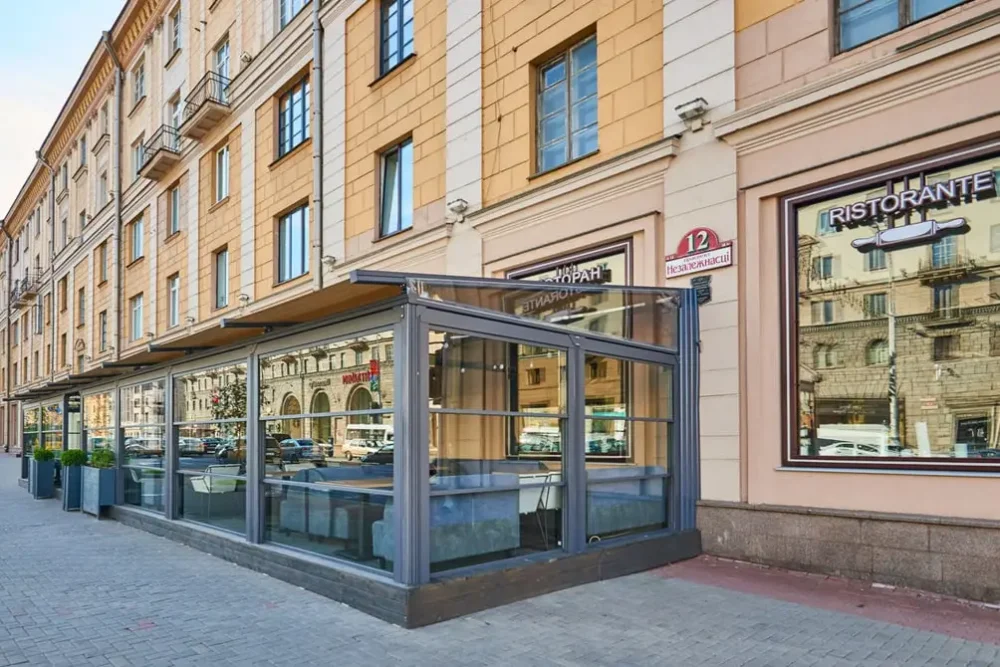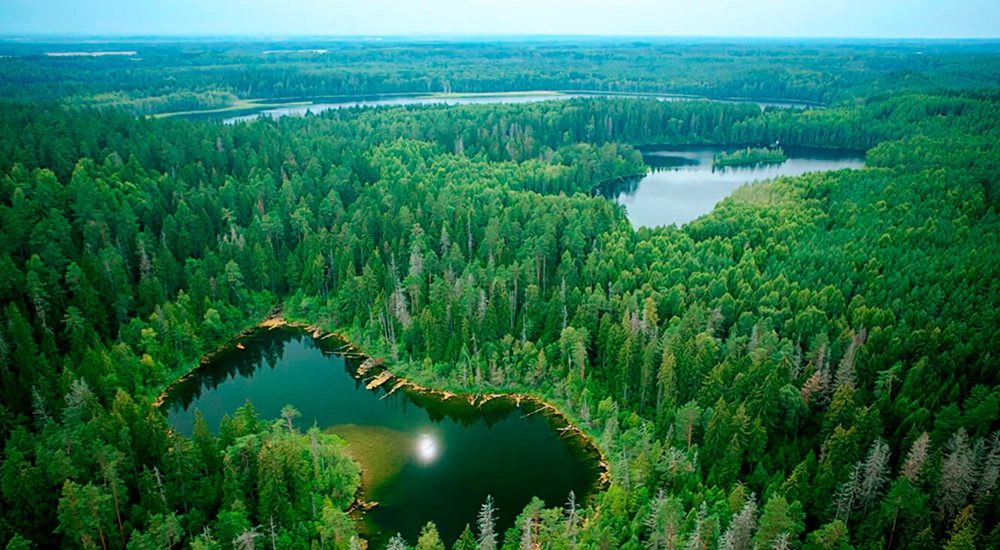For decades, Belarus has remained a reliable destination for health improvement. The wealth of natural resources, the tranquility of coniferous forests, mineral waters, and peat mud are combined with qualified medical care and modern treatment facilities. The best sanatoriums in Belarus offer treatment year-round, providing recovery after illnesses, prevention, rehabilitation, and full relaxation in comfortable conditions.
Sanatorium “Alpha Radon”
The medical complex “Alpha Radon” is located in the Grodno region and is one of the most sought-after premium segment facilities. Its focus is on musculoskeletal, nervous, and endocrine system diseases. The therapy is based on radon waters extracted from deep sources. In addition to radon, mud treatments, physiotherapy, climatotherapy, and innovative technologies are used. Resting at such a Belarusian resort corresponds to the concept of a VIP sanatorium, where service is combined with precise diagnostics and individual medical support.
“Priozerny”
Located on the shore of the largest lake in Belarus, the sanatorium “Priozerny” boasts an extensive medical facility equipped with modern devices for cardiology, respiratory therapy, endocrinology, and gastroenterology. The best sanatoriums in Belarus include “Priozerny” among the leaders due to its comprehensive approach: recovery is carried out through a system that combines therapeutic baths, mud procedures, kinesiotherapy, rehabilitation, and psychological support with treatment. Special attention is paid to working with children, including those with chronic illnesses.
 en
en  ar
ar  de
de  es
es  fr
fr  nl
nl  ru
ru  hi
hi  it
it  pt
pt  el
el 



